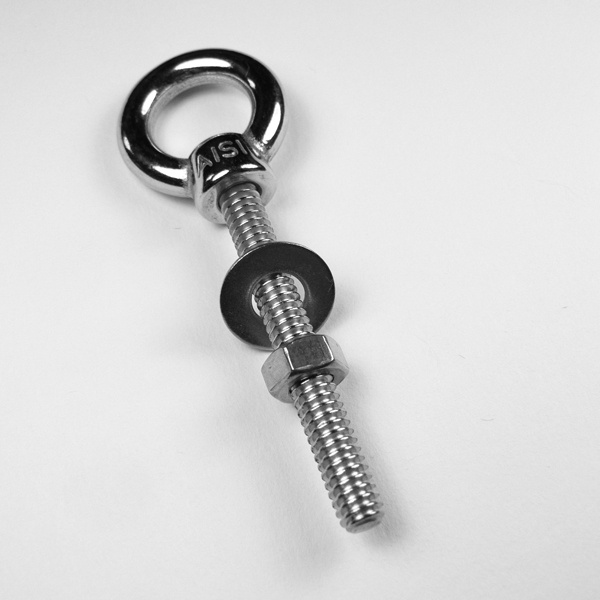NEW DESIGN JUST RELEASED!
This 4in Nose Cone Electronics bay is proven and tested with LOC/PML Nose cones and adds a threaded in electronics bay to any 4in nose cone!
The thread set is designed to be glued into the nose cone allowing for rigid attachment while leaving easy access to electronics with the screw in sled design.
AVALIABLE NOW at Inverted Pursuits Lab



More sizes to come!
This 4in Nose Cone Electronics bay is proven and tested with LOC/PML Nose cones and adds a threaded in electronics bay to any 4in nose cone!
The thread set is designed to be glued into the nose cone allowing for rigid attachment while leaving easy access to electronics with the screw in sled design.
AVALIABLE NOW at Inverted Pursuits Lab



More sizes to come!






